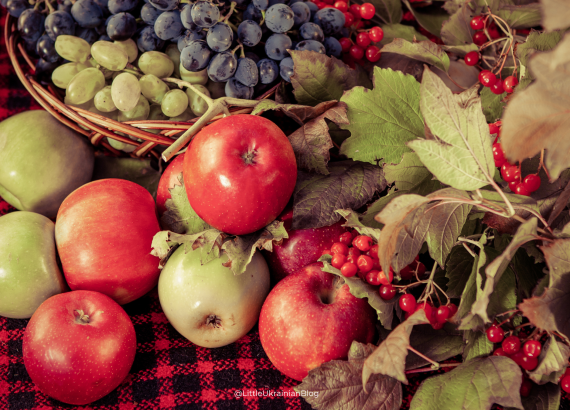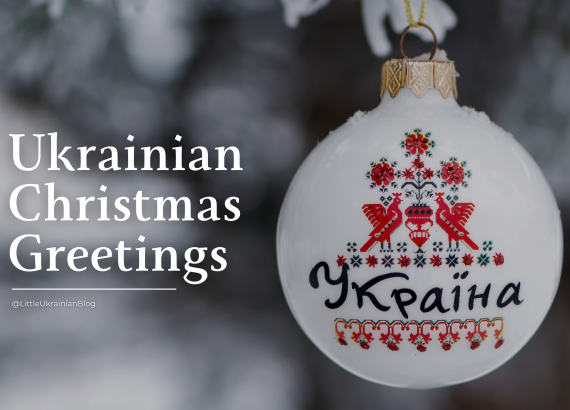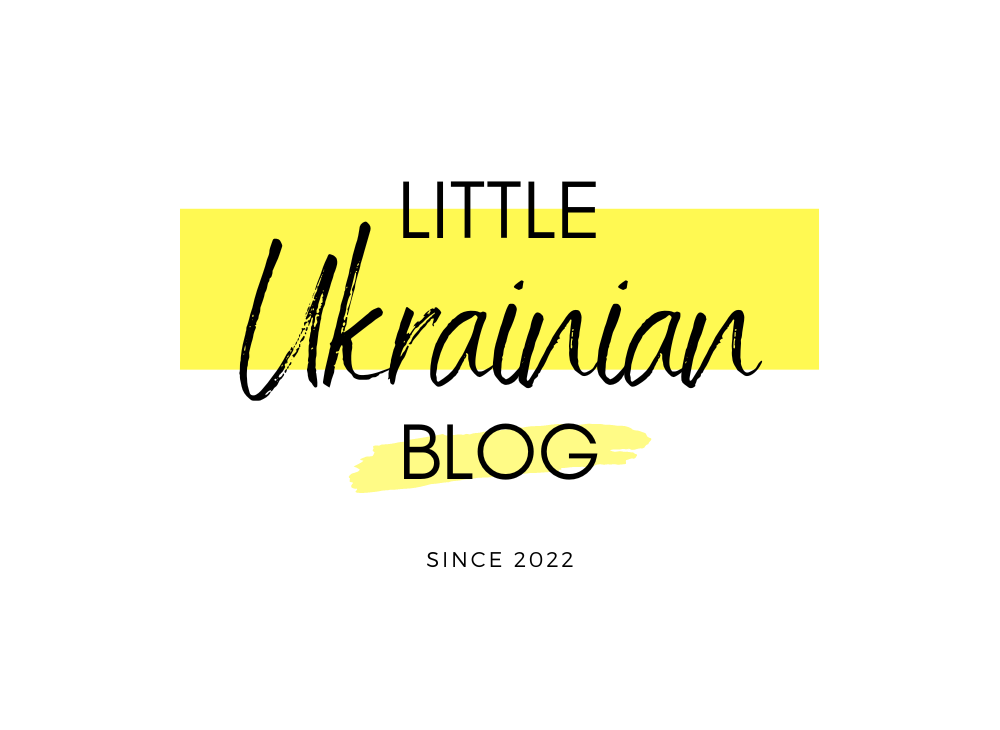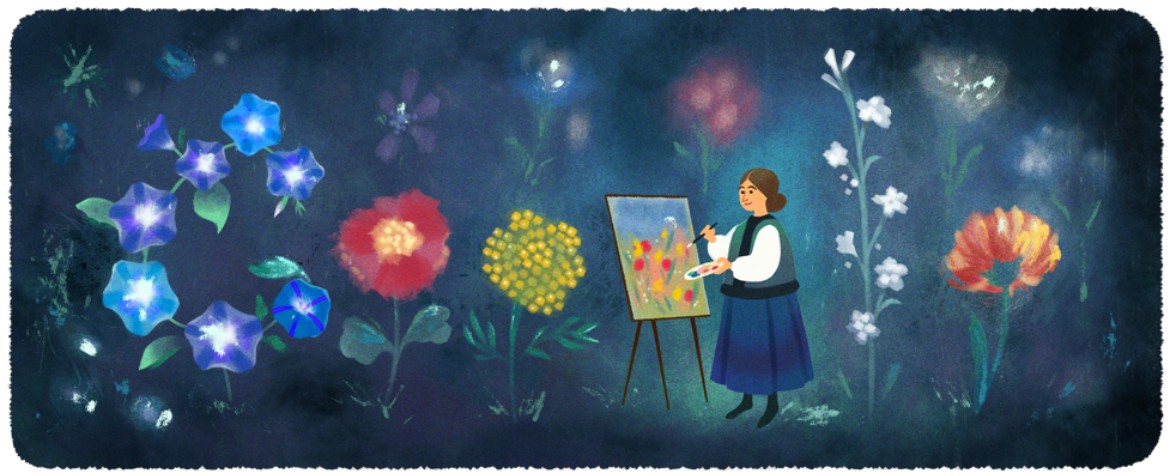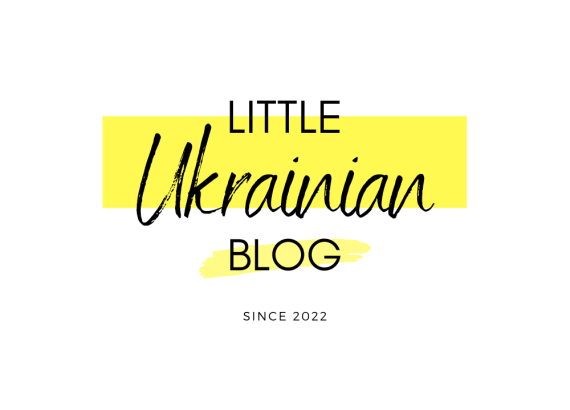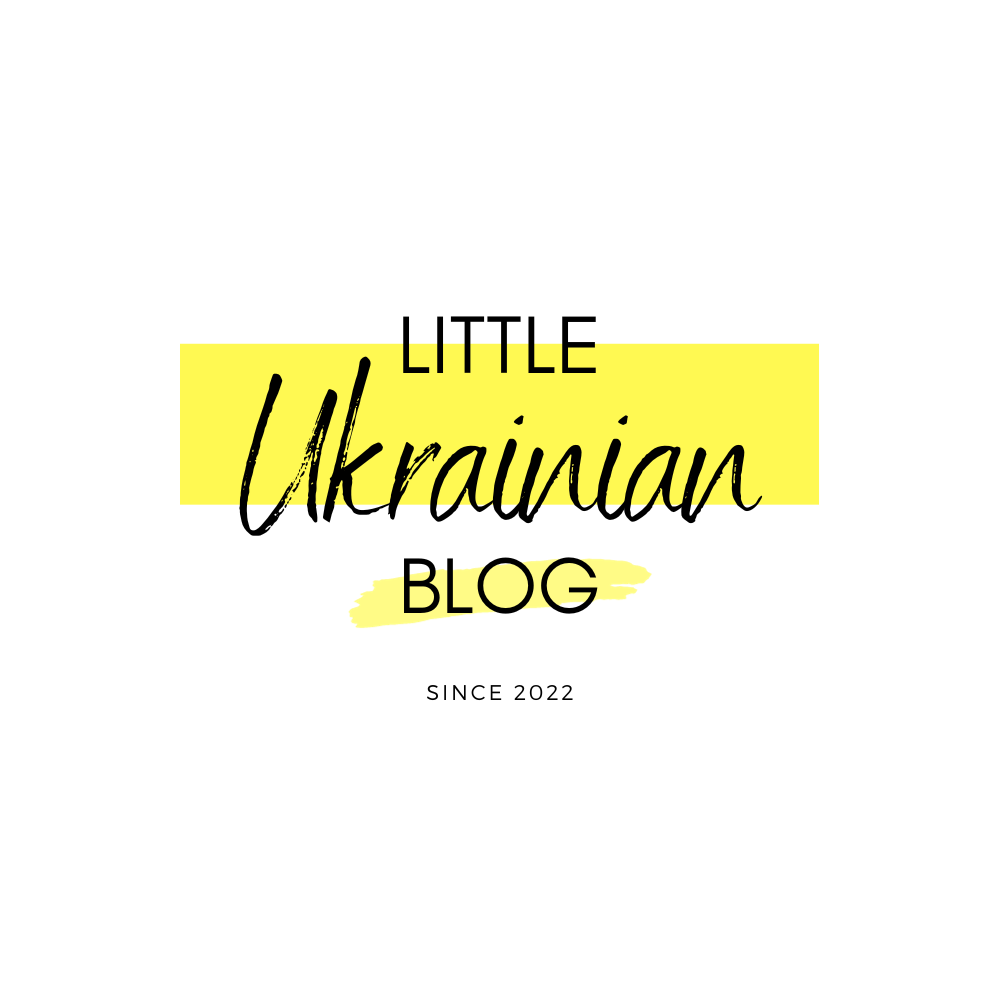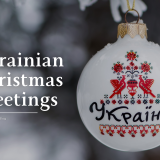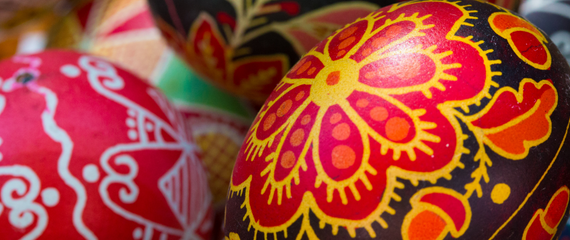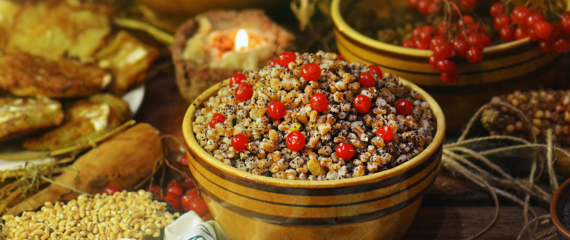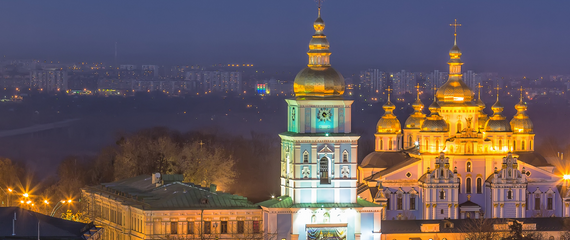Five Inspiring Ukrainian Women
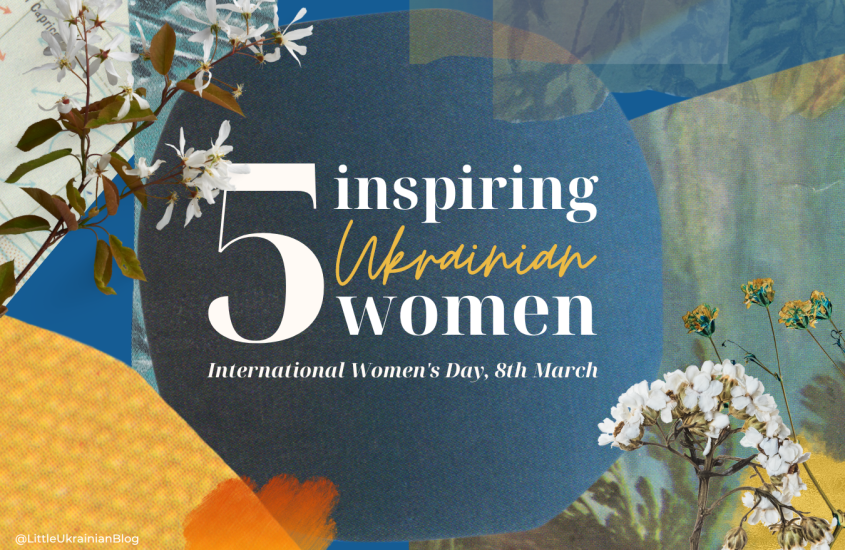
Ukraine has a long history of strong, influential women. One thing that unites them together and with other Ukrainians throughout generations is their bravery, courage and dedication to their cause. Let’s take a look at five of the most inspirational Ukrainian women.

Olha of Kyiv (c. 890–925–969)
Ольга
Olha (Olga) was the first female ruler of Kyivan Rus’ (945 – 460) and one of the first Kyivan Rus’ rulers to become a Christian. She is venerated as a saint, with her feast day falling on 11 July.
This is one Saint you definitely don’t want to mess with! She is widely known for her revenge against the Drevlian tribe, who murdered her husband Igor. After they proposed she marry her husband’s killer, Olha tricked the tribe and buried them alive. Another party arrived after, who were burned alive.
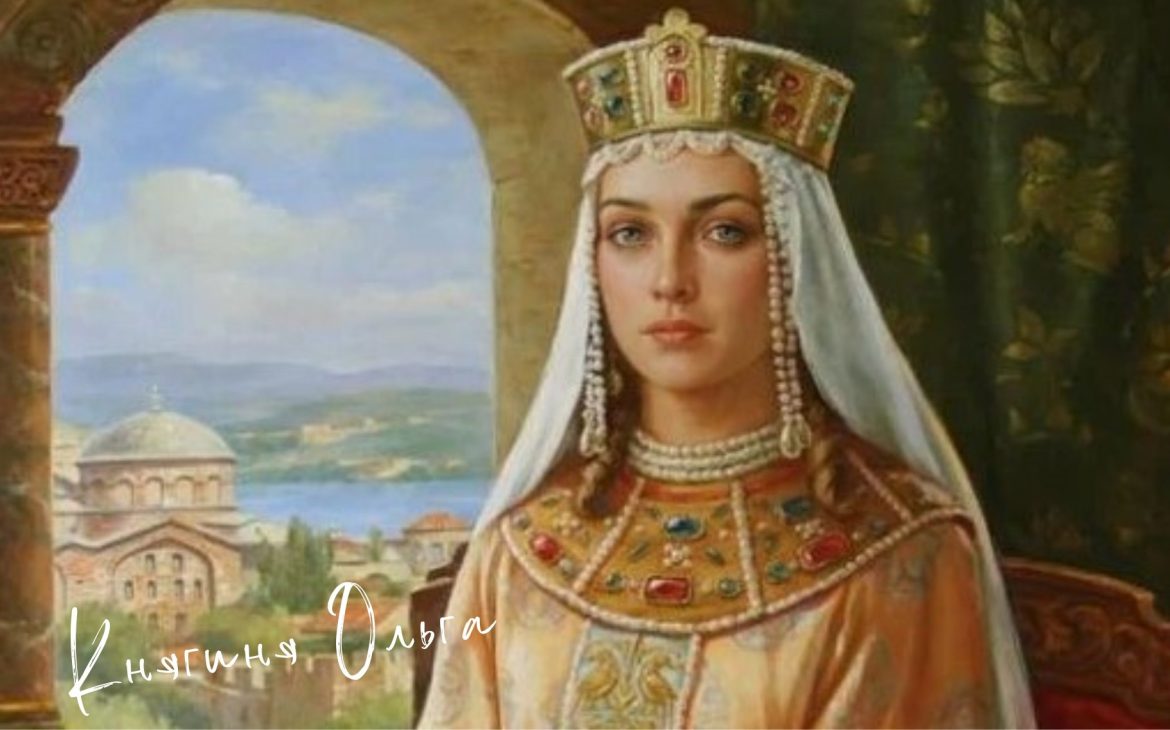

Olha Kobylianska (1863-1942)
Ольга Кобилянська
Kobylianska was a Ukrainian writer and active member of the feminist movement. Many accredit her with being the first to introduce feminist ideals to Ukrainian literature and raise the theme of female emancipation.
For the majority of her life, Olha Koblyianska lived in Chernivtsi, Western Ukraine. You can visit a museum in her honour in the house where she lived.


Lesya Ukrainka (1871-1913)
Леся Українка
Lesya Ukrainka was a prominent Ukrainian poet, translator, political activist and literary figure. Born as Larysa Petrivna Kosach – Lesya Ukrainka was her penname – she wrote over 250 poems and drama plays in her short lifetime, whilst also acquiring ten European languages.
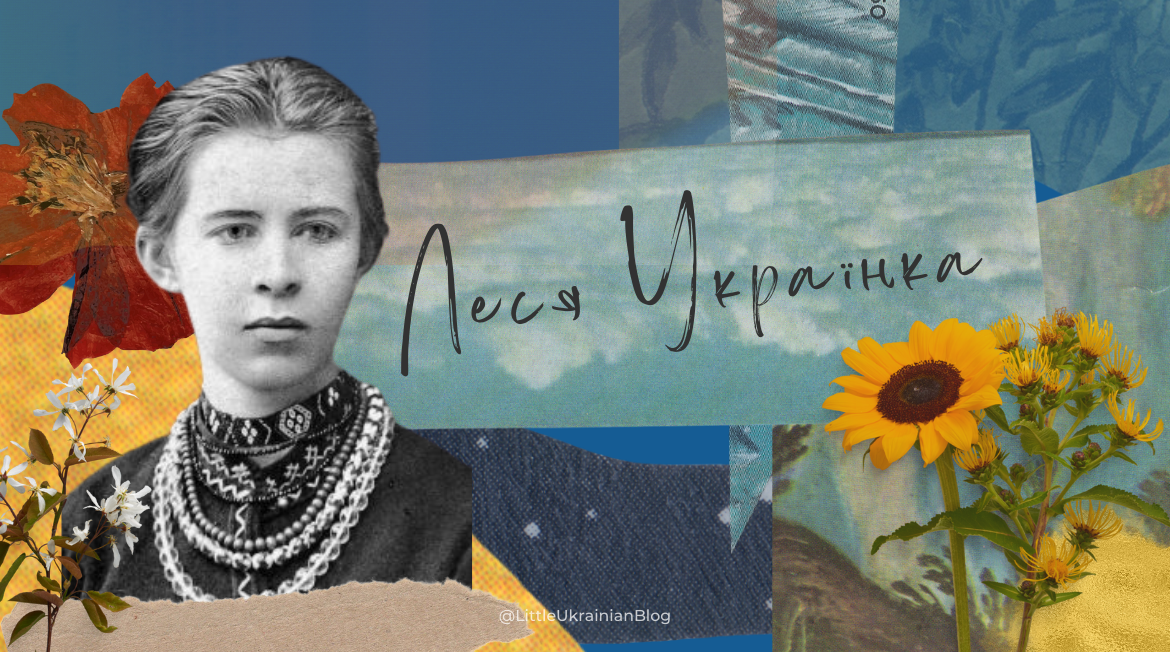
Lesya wrote her first poem at just eight-years-old. The piece, Hope, was a reaction to the deportation of her Aunt, who had been arrested whilst protesting the autocracy of the Tsars. Throughout her life, she was active in the Ukrainian struggle against tsarism and joined Ukrainian Marxist organizations, translating the Communist Manifesto into Ukrainian in 1902. She was arrested in 1907 and kept under observation thereafter by the tsarist police.
Her first collection of poetry was published in 1893, but at the time Ukrainian language publications were banned in the Russian Empire. As a result, her works were published in Western Ukraine (which was part of Austro-Hungary at the time) and later smuggled to Kyiv. Following a long illness of tuberculosis, Ukrainka died aged just 42. Her legacy in Ukraine is profound, including an institute dedicated to researching her life and work.

Kateryna Bilokur (1900-1961)
Катерина Бiлокур
Kateryna Bilokur was a Ukrainian artist and master of decorative folk painting. Her main muse was flowers, and she would often combine spring and autumn elements in her work. Bilokur’s artistic journey was not easy, and had her circumstances been different, she may have been recognised globally as a top artist of the 20th century.
Kateryna Bilokur was born into poverty, in a remote village near Kyiv. Aged just six, Bilokur learned to read. Her family did not send her to school in order to save money on clothing and shoes.
She also began drawing at a young age, which was frowned upon and not permitted by her parents. Despite this, she continued drawing in secret, using old rags and coal to express herself artistically.
I stared at my drawing, and laughed like crazy... That's when my parents busted me. They tore up my drawing and threw it in the oven... But wherever I go, whatever I do - I have an image in my head that I simply have to draw!
Катерина Бiлокур
Between 1922-1923, Bilokur discovered the Myrhorod professional school of artistic ceramics. She began her journey there, armed with two drawings on paper she bought especially for the occasion: a copy of a painting, and a sketch of her grandfather’s house. Bilokur was rejected from the school as she had no documents to prove she had finished the seven years of schooling, so she returned home on foot.
Kateryna did not let her poor background hinder her dreams of creating art. For paint, she started using vegetable dyes found around her, such as: beetroot juice, berries, onions, viburnum, herbs and everything else. Her vibrant, colourful work are often decorated with flowers and fruits.





Some of Bilokur’s works made it to Europe, where it is said that Picasso marvelled at work exhibited in Paris. He commented, “If we had an artist of this level, we would make the whole world talk about her.”

Lina Kostenko (1930-)
Ліна Костенко
Lina Kostenko is a Ukrainian poet, journalist, writer and former Soviet dissident. During the late 1950s and ’60s, she became one of the first and most prominent members of the Sixtiers (Шістдесятники) – a group which defended the Ukrainian national language, culture, and freedom of artistic creativity.
Kostenko attended school on Trukhaniv Island (Труханів острів), the entirety of which was burned to the ground by Nazi forces in 1943. She later dedicated the poem I Grew Up In Kyivan Venice («Я виросла у Київській Венеції») to these events.

